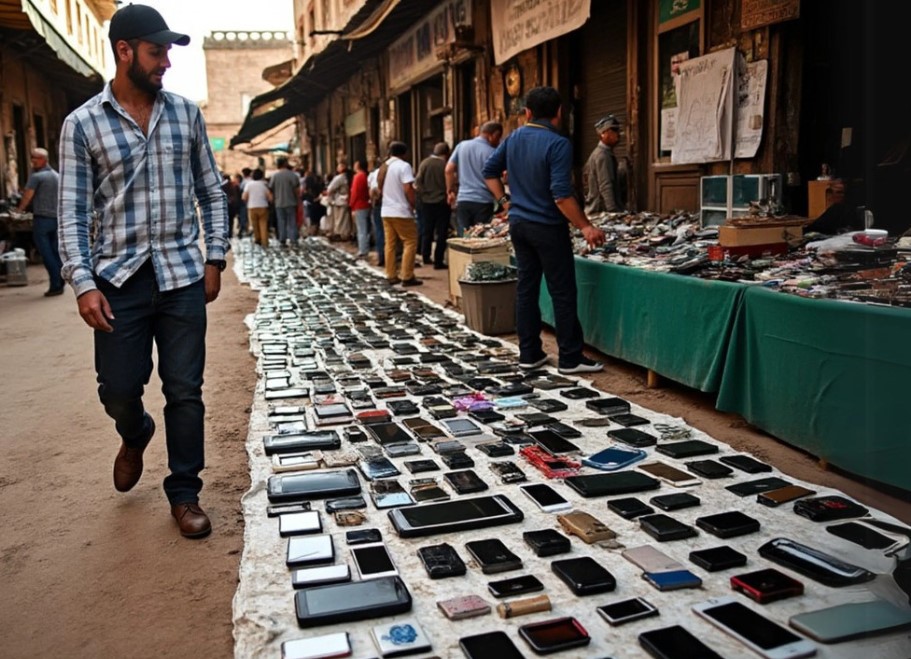More than 500 laptops stolen from high schools in Catalonia and Andalusia have surprisingly turned up in second-hand shops in Morocco. A groundbreaking independent investigation has unveiled this, shedding light on the alarming routes of international technology theft.
The Trail of Stolen Computers: Online Detective Work
An analyst specializing in Open Source has achieved an impressive feat. Using a specially programmed bot, he was able to precisely track and locate a large portion of the vanished devices geographically, as reported by ElCaso.cat. The stolen laptops, some still bearing the unmistakable logo of the Generalitat de Catalunya, were discovered in online advertisements from small North African businesses. There, they are offered at prices far below market value – a clear indication of their dubious origin.
Lax Controls, Big Problems: Why Morocco Becomes a Hub
The drastic price reduction and the lack of effective controls regarding the origin of the goods enable their resale in Morocco without major legal complications. The lack of cooperation with European authorities in such cases significantly contributes to this problem. Concerns about the whereabouts of the devices arose after a report by ElCaso.cat shortly before the start of the 2024 school year. The Institut Les Vinyes in Santa Coloma de Gramenet was particularly affected, from which 400 units were stolen in one go. Despite investigations initiated by the Mossos d’Esquadra, official progress has so far been lacking.
A Digital Bloodhound: How the Expert Tracked the Laptops
Given the stagnant investigations, the expert in digital tracking decided to take action. By carefully collecting data such as serial numbers, technical characteristics, and details from images published by Moroccan sellers, the analyst was able to confirm the match with laptops missing from Catalan high schools. Devices stolen in Penedès and in educational institutions in the south of the peninsula were also located in this way.
The Itinerary of the Stolen Goods: From Spain to North Africa
The researcher’s reconstruction paints a clear picture of the illegal transport routes: the computers were first transported by land to Southern Spain, then crossed the Strait of Gibraltar by ferry or other logistical routes, finally reaching Moroccan territory. There, they were collected in special warehouses, whose addresses could also be determined. From these distribution centers, the devices were diverted to small shops dedicated to selling electronics, often in rural or peripheral areas.
Bold Openness: Stolen Goods with Official Seals
According to the analyst, the most alarming detail is the impunity with which these companies operate. Not only do they openly sell stolen material, but they do not even conceal the official badges that prove their origin. Some product images clearly show official labels or inscriptions of the Catalan administration, making it almost impossible for sellers not to know the illegal origin.
Lack of Cooperation: An Obstacle to Clarification
The Moroccan authorities contacted by the analyst have so far neither responded nor shown willingness to cooperate. This lack of cooperation complicates any efforts to recover the stolen goods or to curb the cross-border flow of stolen technology. The expert has shared all his findings with the Spanish police, who are continuing their investigations.
A Recurring Pattern: International Thefts Are Increasing
Similar cases have recently come to light. For example, a woman from Barcelona was able to recover her stolen mobile phone by following its GPS trail to a Moroccan city. However, not all victims have the means, courage, or luck to achieve this. Most stolen devices – whether computers or phones – simply disappear from the official radar, fueling an increasingly internationalized illegal market.




